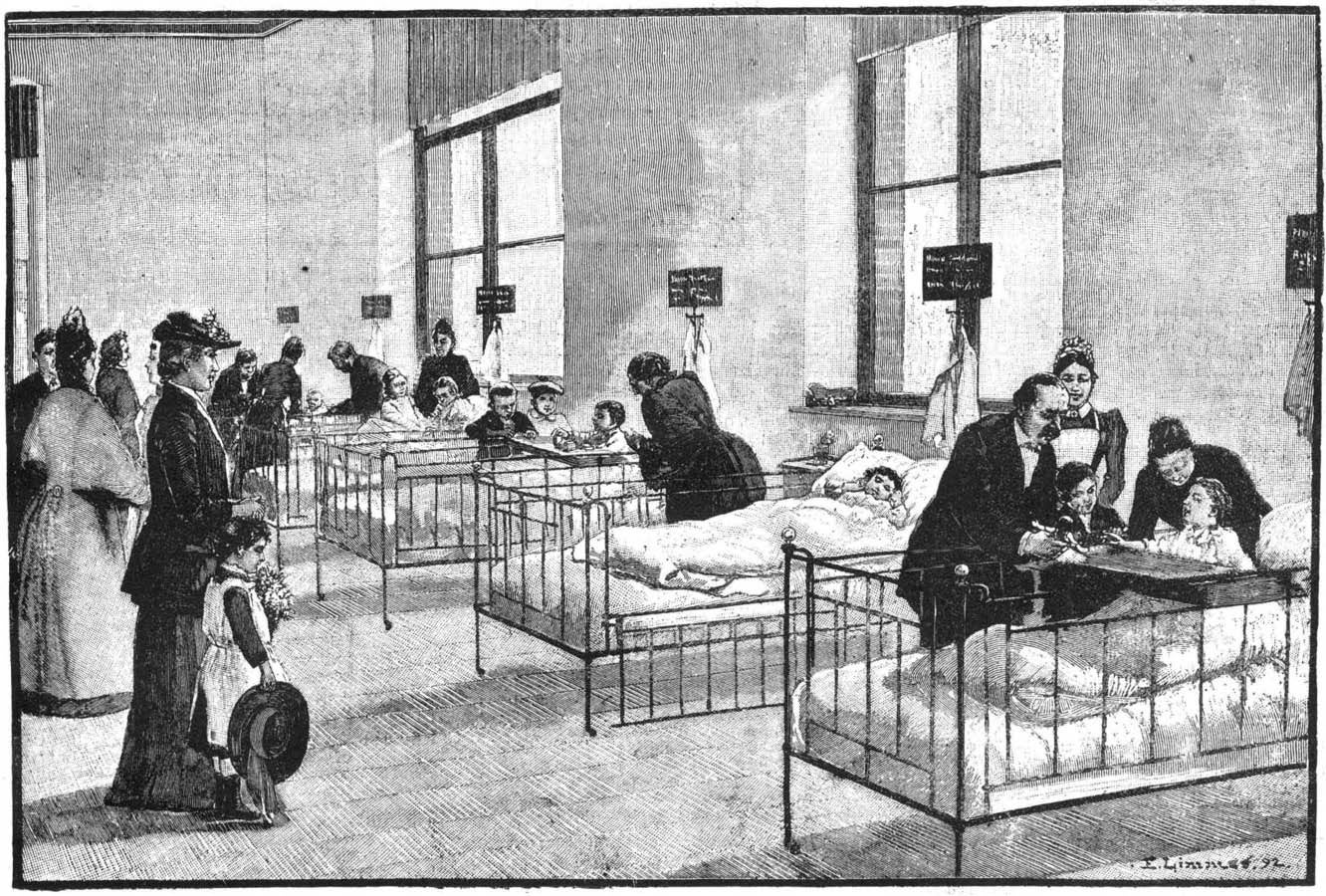| November has a “World Kindness Day,” and we wish a happy holiday to all who celebrate. Kindness, and its cousins sympathy and empathy, are studied by psychologists for the insight they provide into how the brains of humans (and other species) work, as we see in these selections from the archive. We also take a look at agriculture: in 1850 fully 64 percent of the labor force worked in agriculture; by 1967 only 5 percent did. Mechanization enabled this dramatic shift. Marie Curie’s birthday is celebrated on November 7, and it’s also a good time to ponder the course of studies in radioactivity (a term she coined) and atomic physics. |


Comments
Post a Comment